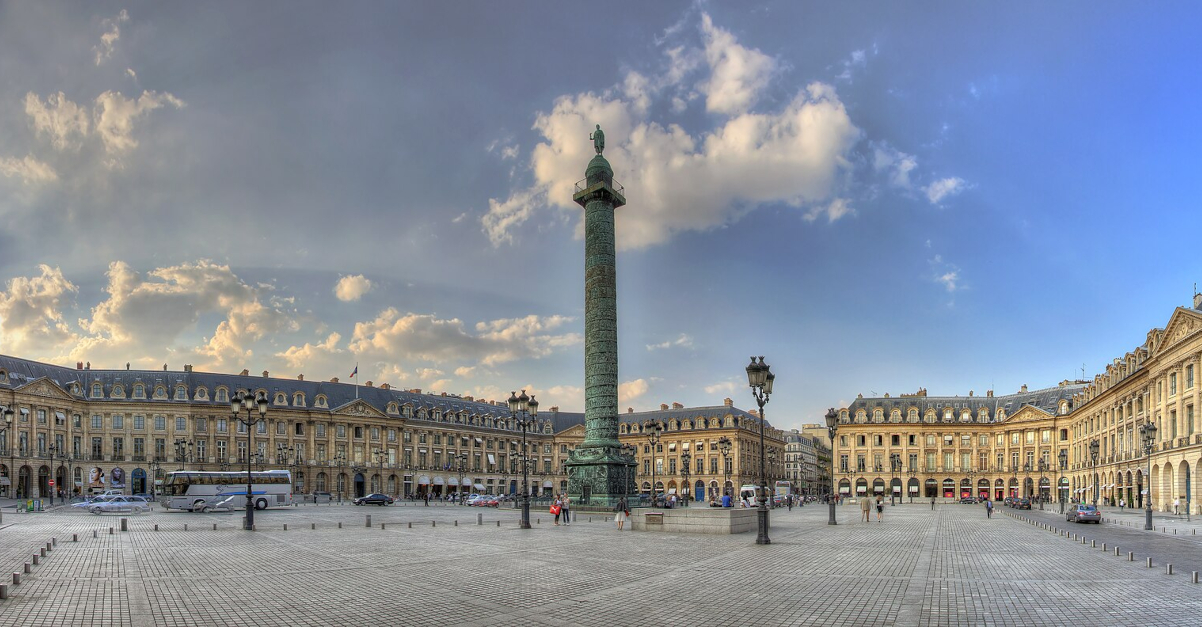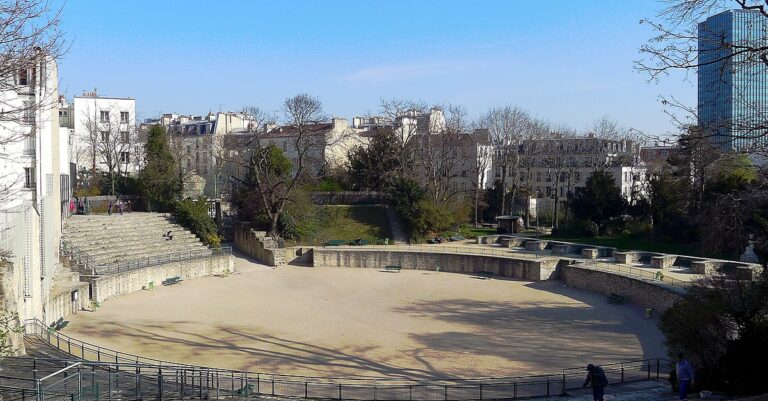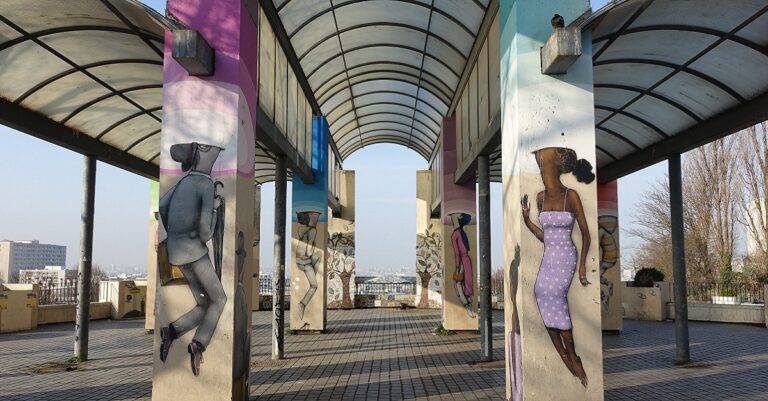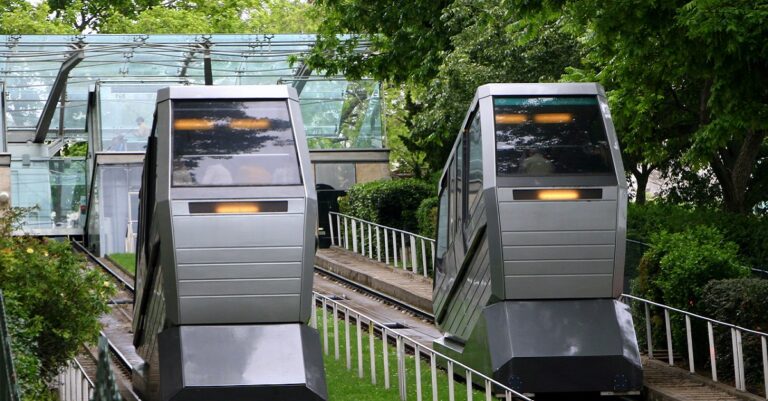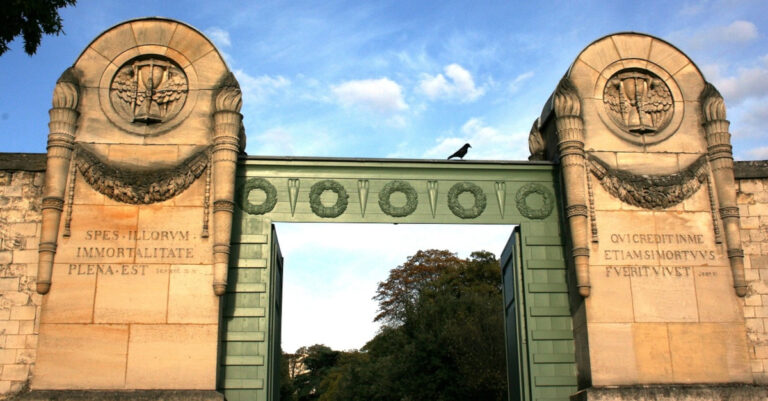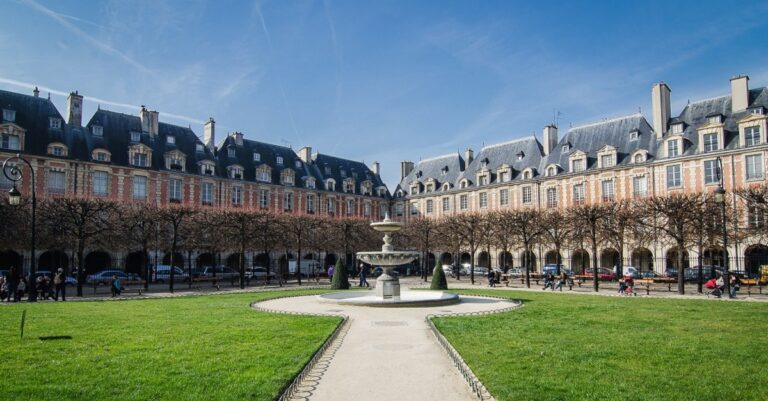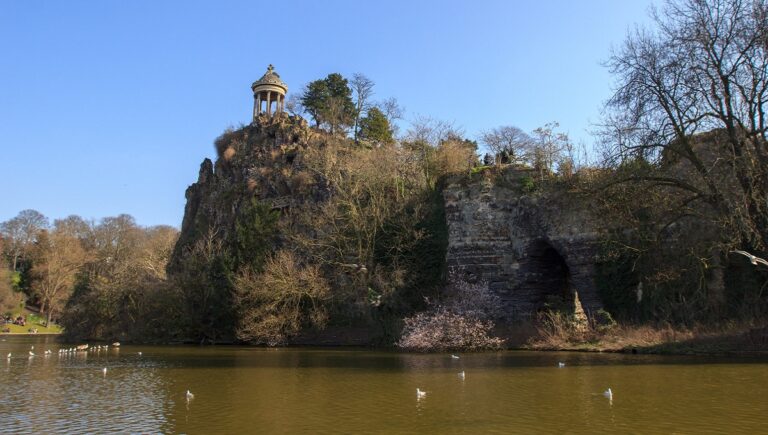The Parisian Sites Retracing the History of Napoleon Bonaparte
Paris preserves many emblematic places linked to Napoleon Bonaparte, where one can still trace his path and legacy.
Between monuments, museums, and historic sites, here are the must-sees to dive into the Napoleonic history of the capital.
5. Church of Saint-Roch
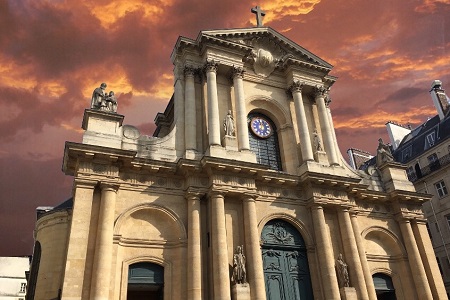
The Church of Saint-Roch was built between 1653 and 1722, based on the plans of Jacques Le Mercier.
It has been listed as a historic monument since December 7, 1914.
On October 5, 1795, royalist insurgents marched toward the Tuileries, threatening to overthrow the Republican Convention.
The Convention ordered the commander-in-chief of the Army of the Interior, Paul Barras, to respond militarily. He called upon the young General Napoleon Bonaparte, then 26 years old, whom he had met during the siege of Toulon two years earlier.
Bonaparte, trained in artillery, deployed cannons on the steps of the Church of Saint-Roch and opened fire on the insurgents.
This show of force saved the Republic, and the event marked the beginning of Bonaparte’s meteoric rise.
4. Hôtel de Mondragon
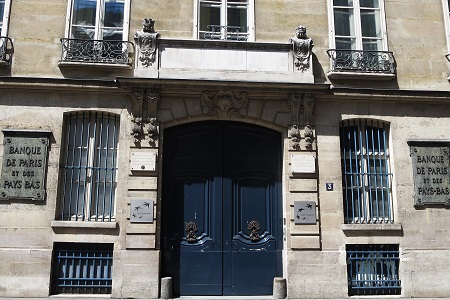
The Hôtel de Mondragon is a Parisian townhouse dating back to the early 18th century and now houses the offices of BNP Paribas.
It was here that Napoleon Bonaparte married Joséphine de Beauharnais on March 9, 1796. This marriage is still commemorated by two plaques affixed to the exterior walls of the building.
It was a rushed wedding—Napoleon arrived late to the ceremony and, upon entering the room, is said to have exclaimed: “Marry us quickly!”
As an anecdote, it is told that on their wedding night, Joséphine’s dog bit Bonaparte on the calf.
For the marriage contract, both spouses falsified their ages: Napoleon added one year, and Joséphine subtracted four, to reduce the six-year age gap between them.
3. Fontaine du Palmier
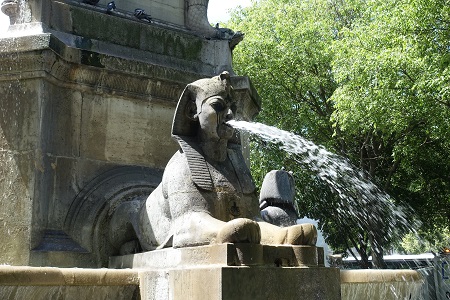
In 1806, Napoleon Bonaparte ordered the creation of fifteen fountains to improve Parisians’ access to water. François-Jean Bralle built the Fontaine du Palmier (also called the Fountain of Victory) in 1808.
It takes its name from the palm leaves at its top and commemorates the victories of the Empire, notably those in Italy and Egypt. At the summit of the fountain stands a statue representing Victory, holding laurels in her hand.
Four allegories—Prudence, Justice, Strength, and Vigilance—are placed at the base of the monument.
The fountain was moved in 1858, and a basin guarded by four sphinxes was added.
2. Rue de Rivoli
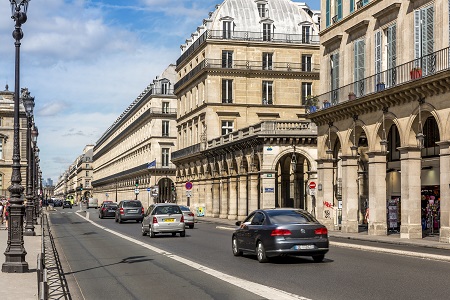
The Rue Nicaise attack (now Rue de Rivoli) took place on December 24, 1800, targeting Napoleon Bonaparte. It was a royalist plot to assassinate him following his coup d’état of November 9, 1799. Fortunately, the emperor was not injured during the attack.
The attack is also known as the “Conspiracy of the Infernal Machine,” as it was the first time an explosive device was used in an assassination attempt.
The attack and the revolutionary riots deeply affected Napoleon, leading him to order the opening of several streets around the Tuileries to facilitate circulation in the capital.
The street was named Rivoli in honor of the most famous victory of the First Italian Campaign. It was paved for Napoleon I’s coronation in 1804, but the arcades were only completed in 1855.
The purpose of this avenue was to connect the east and west of Paris through a triumphal route, symbolized by the arches at the beginning of Rue de Rivoli.
1. Ponts des arts
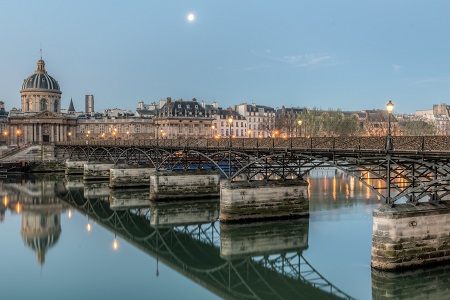
In 1801, Napoleon ordered the construction of the first metal bridge in Paris. It was completed in 1804 and took its name from the Louvre, which at the time was called the Palais des Arts.
This was the very first metal bridge in Paris.
The bridge collapsed in 1977 after a collision with a barge, its fragility mainly due to bombings during the First and Second World Wars and several boat collisions in 1961 and 1970.
It was rebuilt identically in 1984.
Conclusion
From churches to fountains, avenues to bridges, Paris remains deeply marked by the presence of Napoleon Bonaparte.
Each of these sites reflects not only his military and political influence but also his lasting impact on the architecture and urban planning of the capital.
Exploring these landmarks allows us to retrace the journey of a man whose ambition and vision shaped both France and Europe, leaving an indelible legacy in the very heart of Paris.

